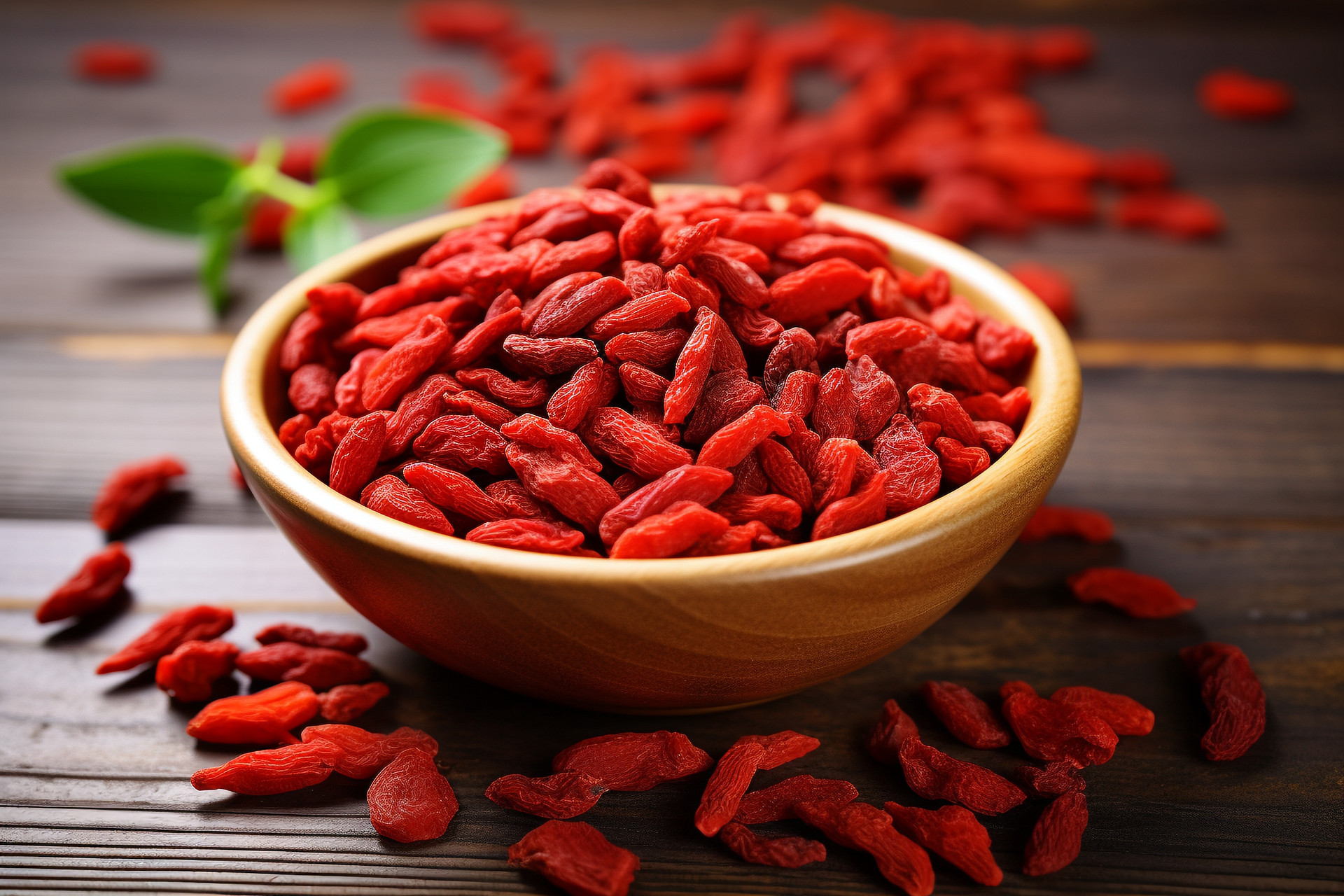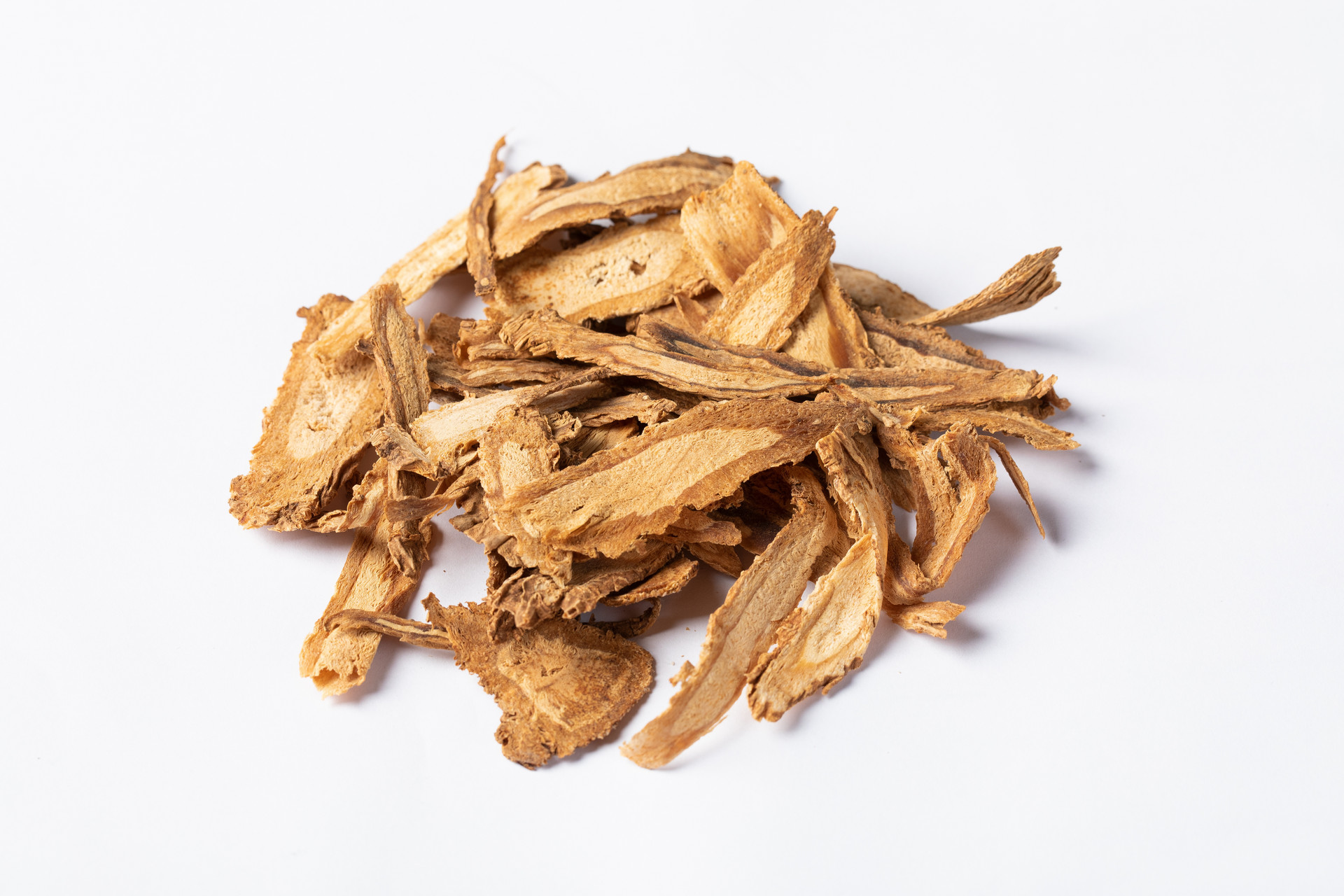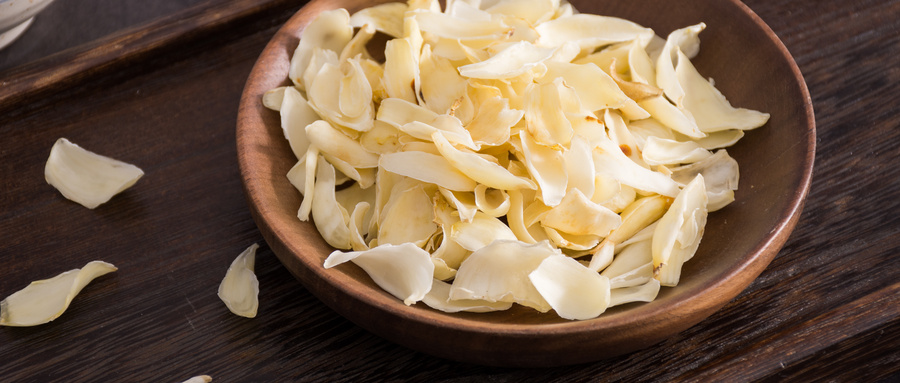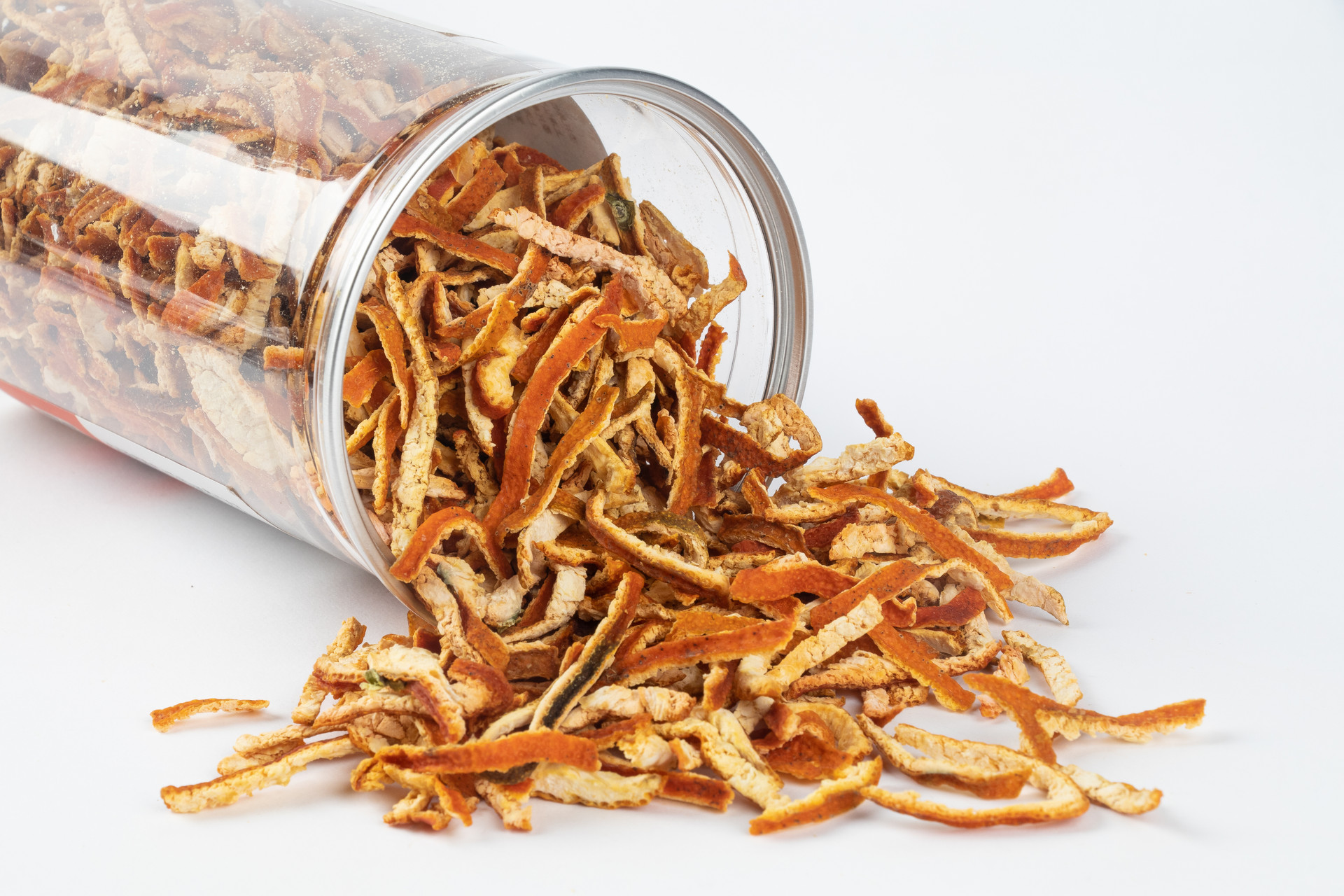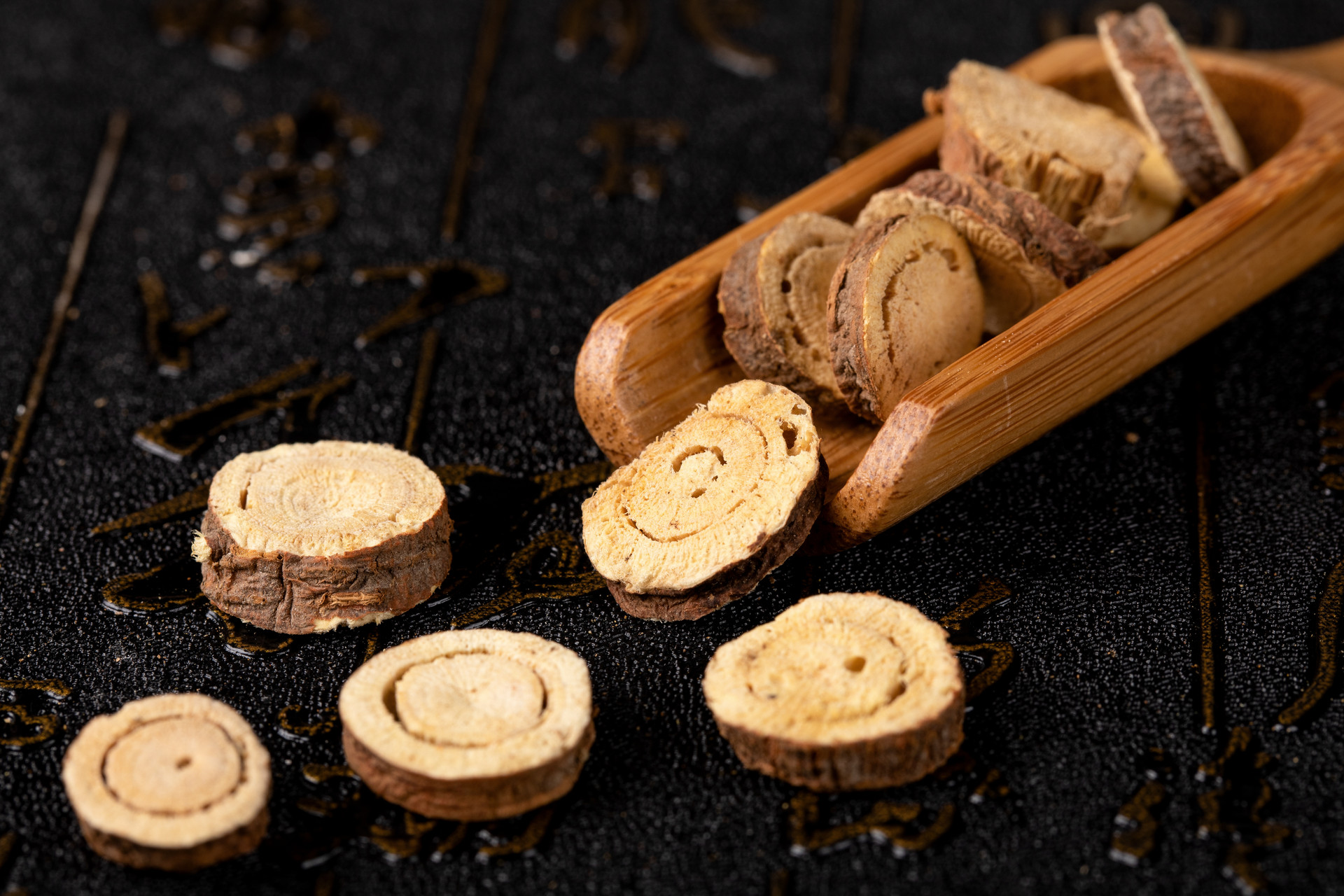Watermelon, also known as willow watermelon or water chicken, is a plant in the Rubiaceae family, the aerial part of Adina rubella Hance. According to the "Compendium of Materia Medica", the stems and leaves are harvested in spring and autumn, and can be used fresh or dried. The flower and fruit clusters are picked from August to November, and impurities are removed before being used fresh or dried.
[Processing method] Take the original medicinal material, remove impurities, wash with water, slightly moisten, cut into sections, and dry. The flower and fruit clusters are picked and impurities are removed, and ash is sifted.
[Appearance of prepared slices] It is a segment mixed with stems and leaves. The stem is cylindrical and ash brown, with fine longitudinal wrinkles and grayish-yellow circular stomata. The cross section of the skin is in the form of flakes, and the wood is fibrous and yellowish-white. Slightly fragrant, slightly bitter taste. The fruit cluster is composed of numerous small follicles densely packed into a spherical shape, brownish-yellow in color. After rubbing, the small follicles are easily shed, revealing the fruit cluster axis.
[Processing function] Watermelon has a bitter and astringent taste and is cool in nature. It has the function of clearing away damp-heat, detoxifying, and reducing swelling. It is used for damp-heat diarrhea, dysentery, eczema, boils, toothache due to wind and fire, bruises, and external bleeding. For example, boiling the whole watermelon grass can treat bacillary dysentery and enteritis; grinding and boiling the watermelon flower and leaf can treat root swelling of the teeth (Hunan Pharmacopoeia). After processing, impurities are removed to make the medicine pure, facilitate the extraction of medicinal components, and facilitate dispensing and formulation.




